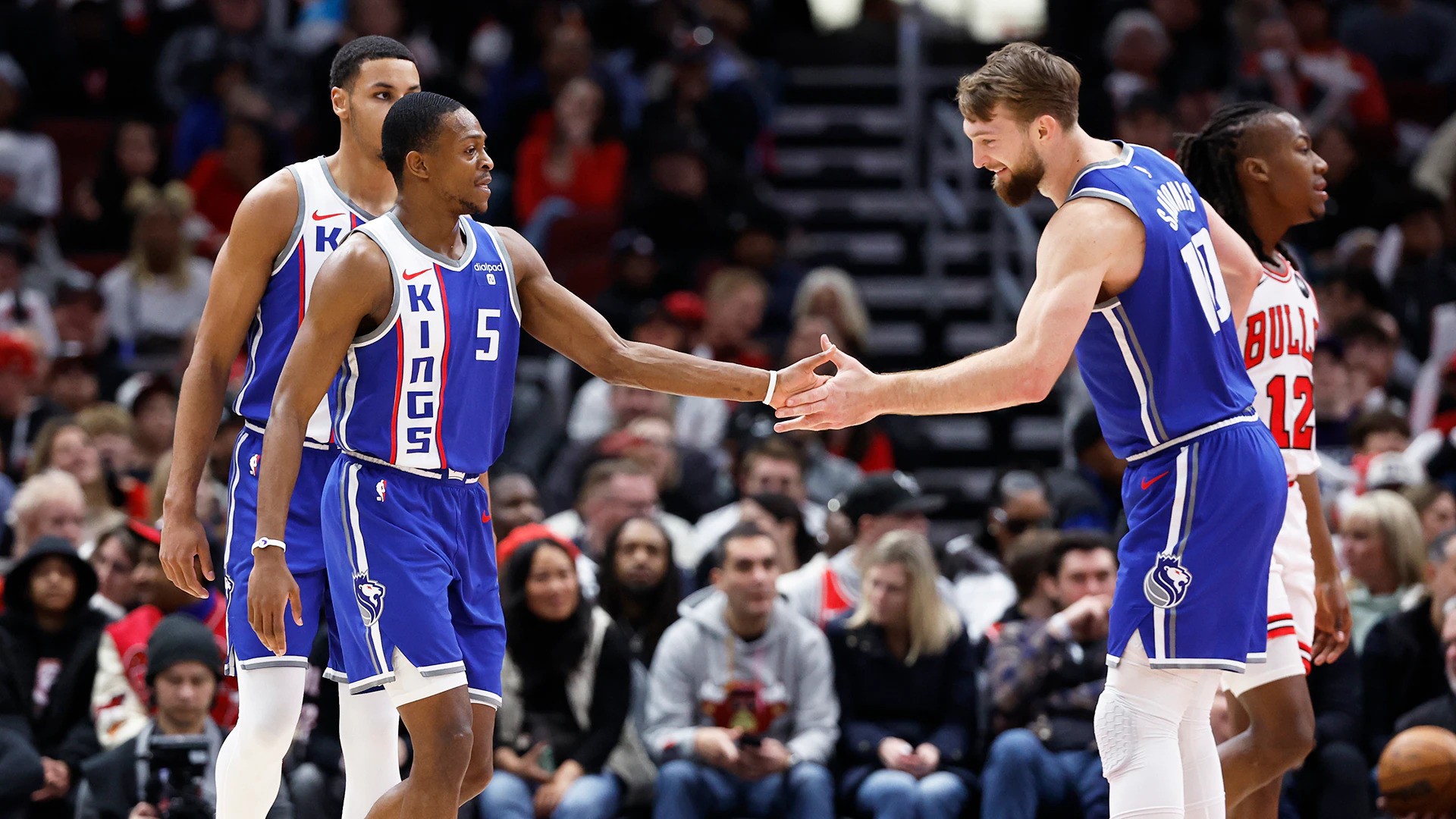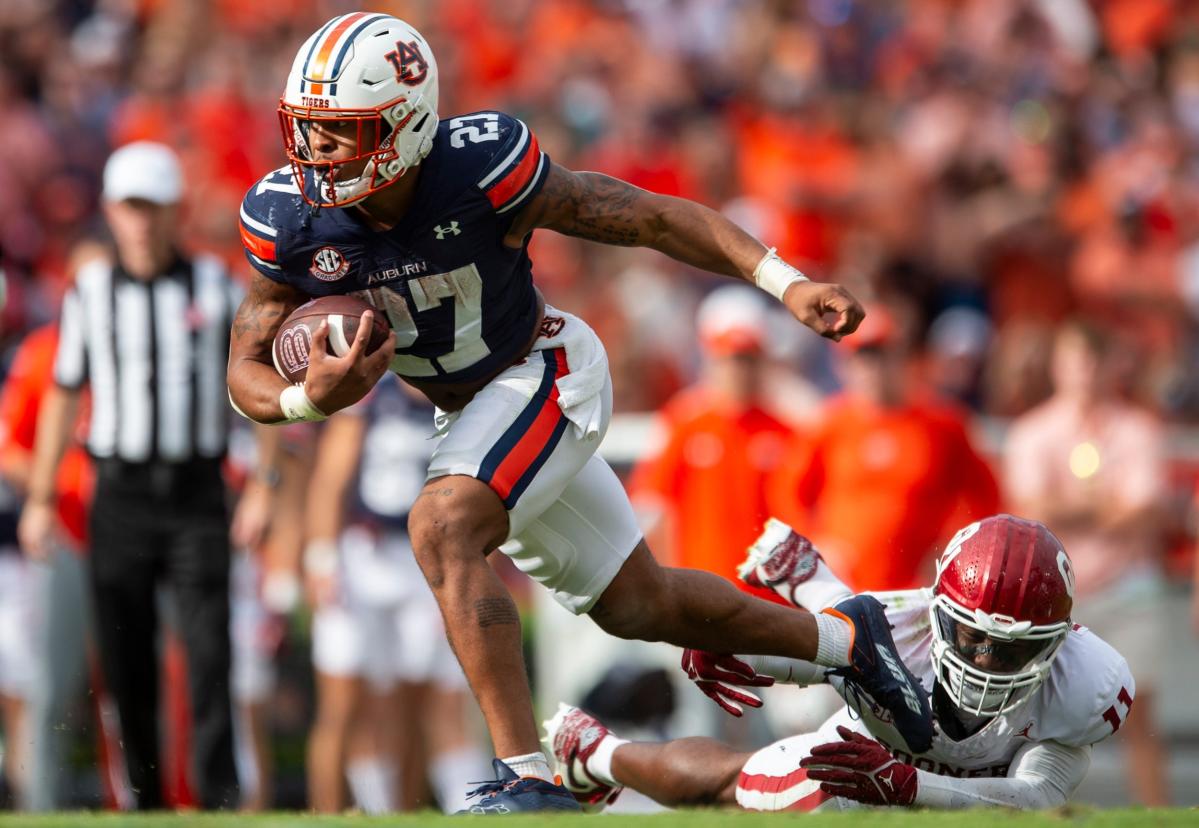Introduction to the Boston Celtics vs Cleveland Cavaliers Match Player Stats
The rivalry between the Boston Celtics and the Cleveland Cavaliers is one that holds significant importance in the history of the National Basketball Association (NBA). This competitive relationship has been defined by memorable playoff showdowns, pivotal moments, and several iconic players who have shaped the narrative of these franchises. The Celtics, with their rich legacy of championships and hall-of-fame talent like Bill Russell and Larry Bird, have stood as a pillar of excellence in basketball, while the Cavaliers, led by LeBron James in his prime, have crafted their own compelling story, highlighted by their remarkable 2016 championship win.
In recent years, the matchups between these two teams have been closely contested, often coming down to the wire. Games featuring the Celtics and Cavaliers not only generate excitement among fans but also have implications for playoff positioning, especially in a season where both teams are vying for the highest seeds in the Eastern Conference. The rivalry intensified in the 2010s, particularly during the Eastern Conference Finals, where dramatic series unfolded, further embedding their competition in the minds of fans and players alike.
As the current season progresses, this upcoming matchup between the Celtics and Cavaliers carries heightened stakes. Both teams are equipped with young, dynamic players alongside seasoned veterans, making them formidable contenders. For the Celtics, a strong performance against a rival could bolster their confidence and affirm their status as championship contenders. For the Cavaliers, winning this game would signify resilience and determination to dominate the conference. Fans can expect a thrilling encounter marked by fierce competition, strategic gameplay, and the players’ relentless drive to secure victory for their teams, setting the stage perfectly for individual player statistics to influence the overall outcome.
Key Player Performances
In the recent matchup between the Boston Celtics and the Cleveland Cavaliers, standout performances from key players significantly influenced the game’s outcome. The Celtics’ star point guard delivered an impressive performance, scoring 28 points while securing 7 rebounds and dishing out 9 assists. His ability to orchestrate plays and maintain control over the tempo of the game was evident, showcasing both his scoring prowess and court vision. His shooting percentage from the field was an admirable 57%, underlining his efficiency and effectiveness under pressure.
On the other hand, the Cavaliers had their own standout in the form of their forward, who tallied 30 points along with 10 rebounds. His versatility allowed him to stretch the floor, converting 50% of his attempts from beyond the arc. This capability not only boosted his individual statistics but also opened driving lanes for his teammates, facilitating better ball movement and overall team performance. Additionally, his presence on the boards helped the Cavaliers control the glass, an essential aspect of their strategy.
Furthermore, both teams showcased strong contributions from role players. The Celtics had a forward who contributed 15 points and secured 8 rebounds, providing crucial support in both scoring and defense. Meanwhile, the Cavaliers’ bench player demonstrated remarkable energy, contributing 12 points and effectively defending the perimeter. Such performances highlighted the depth and versatility of both rosters, ultimately playing a vital role in the dynamics of the game. Statistical comparisons reveal that while individual exploits were impressive, it was the collective efforts that made a notable difference in the match’s intensity and competitiveness.

Team Statistics Overview
In the recent matchup between the Boston Celtics and the Cleveland Cavaliers, a thorough examination of the team statistics reveals vital insights into their performance. The total points scored in the match reflect the offensive capabilities of both teams, with the Celtics tallying an impressive 112 points compared to the Cavaliers’ 105. This scoring differential highlights the Celtics’ efficient offensive execution throughout the game.
Field goal percentage serves as a crucial indicator of shooting efficiency. The Celtics achieved a field goal percentage of 47%, which reflects their ability to convert opportunities into points. Conversely, the Cavaliers managed a slightly lower percentage of 44%, indicating potential areas for improvement in their shooting game. Such metrics not only underscore each team’s shooting prowess but also provide insight into their offensive strategies.
Rebounding statistics further illustrate the contest. The Celtics dominated the glass, securing 45 rebounds, while the Cavaliers managed 38. This disparity suggests that the Celtics’ defensive and offensive rebounding strategies played a significant role in their ability to maintain possession and create second-chance scoring opportunities.
Turnovers also provide a window into team discipline and decision-making. The Celtics recorded 12 turnovers, a relatively low figure that signifies ball control and effective decision-making. Meanwhile, the Cavaliers faced a higher turnover rate, with 15 mistakes leading to lost scoring opportunities. Assists are another statistic that showcases teamwork; the Celtics ended with 24 assists, demonstrating their ability to distribute the ball effectively compared to the Cavaliers’ 19 assists.
Both teams employed distinct offensive and defensive strategies, with the Celtics focusing on ball movement and perimeter shooting, while the Cavaliers relied more on isolation plays and individual skill. This divergence in strategies reflects not only the strengths of each roster but also influenced the game’s outcome significantly.
Future Implications and Conclusion
The recent matchup between the Boston Celtics and the Cleveland Cavaliers has provided critical insights that could significantly influence the trajectory of both teams in the ongoing NBA season. Analyzing the player statistics offers a detailed understanding of individual performances, which play a pivotal role in defining team dynamics and overall success.
Performance metrics from the game suggest that both squads are capable of competing at a high level, particularly as playoffs approach. The Celtics showcased depth in their roster, with standout performances that contributed to their victory. This can bolster player morale and enhance team chemistry, as success often breeds confidence. Players such as Jayson Tatum and Jaylen Brown demonstrated their ability to perform under pressure, which can be essential for future playoff positioning.
On the other hand, the Cavaliers exhibited remarkable potential, with key players like Donovan Mitchell and Darius Garland showing flashes of brilliance despite the loss. Their performance indicates that they have the capability to challenge any opponent in the league. Continuous improvement in areas such as defense and late-game execution will be crucial for the Cavaliers in the coming weeks, especially as they aim to secure a favorable seed in the playoffs.
In essence, the player stats from this matchup elucidate the areas where both teams must focus their efforts moving forward. Montreal Celtics fans can take pride in their team’s performance, positing them strongly for postseason play. Conversely, Cavaliers supporters should remain optimistic about their roster’s potential and the adjustments that may improve their play. Understanding these implications will enable both teams to strategize effectively as the season unfolds, ultimately influencing their playoff aspirations.














Leave a Reply